Kinetics
What is energy again (flashback to our first unit)? What are the two main types?
Who is considered the "father of kinetics?"
What are Newton's three laws of motion?
What is inertia?
What is force?
What is meant by every action has an equal and opposite reaction?
What other formulas will we need?
What are the simple machines and how do they work?
How can you lift heavy things by youself?
Now that we have looked at matter, it is time to look at its movement and a term called energy. The study of movement is called kinetics and is our next unit. This corresponds to pages 51-91 and 95-112 in the textbook. You will learn the basic laws governing motions (Newton’s Laws of motion and gravity) as well as some important formulae. Then you will learn about work and simple machines. All of this newfound knowledge will be applied to various projects. We will also focus on note-taking.
Energy cannot be created or destroyed (except through E=MC2, but that is for another time). It just changes form. You can see it change form in some of these example. Sometimes you cannot see the change. Where do you think the energy went? Like when a hammer hits a nail. Where did all that energy go?
Sir Isaac Newton was a great scientist. Along with co-founding a new branch of math called Calculus, he is considered the father of optics (studying light), he put together a theory of gravity that applies to everything, and he founded kinetics (what we are about to study).

Newton described three underlying laws of motion. All three should be in your notebook:
1. Law of inertia =
2. Law of force =
3. Law of reaction =
For those of you using this as your source of information.
The law of inertia says that an object at rest stays at rest, while an object in motion stays in motion, until acted upon by an outside force.
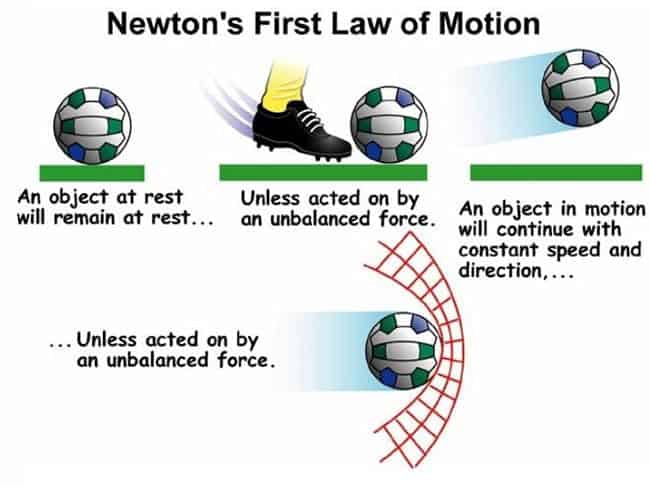


Newton's second law stated that the force was equal to the mass times the acceleration.
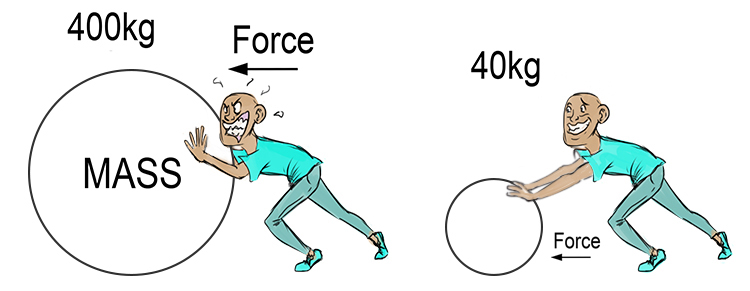

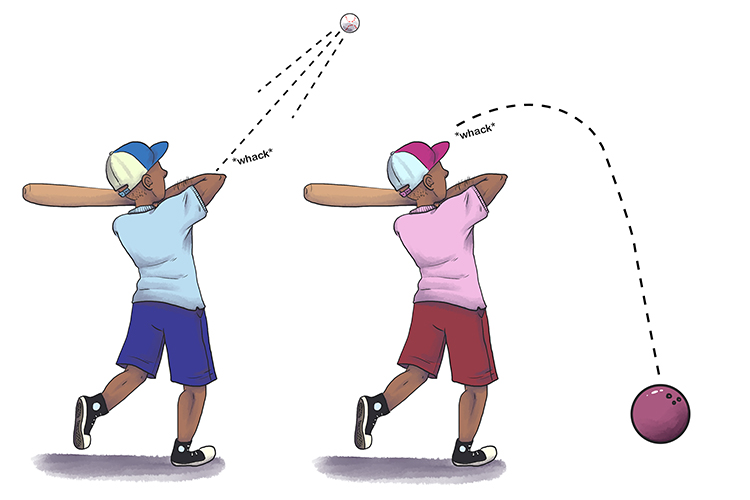
This means that the more mass, the more force. The more acceleration, the more force.
Newton's third law states that for every action (that does not cause movement), there must be an equal and opposite reaction.
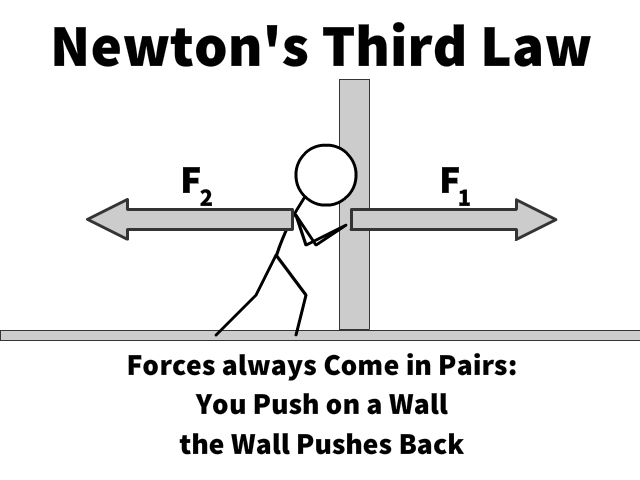
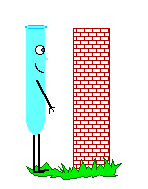
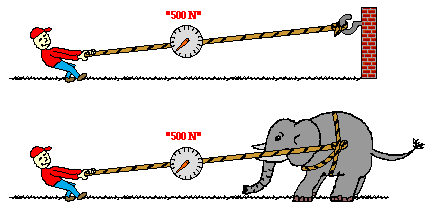

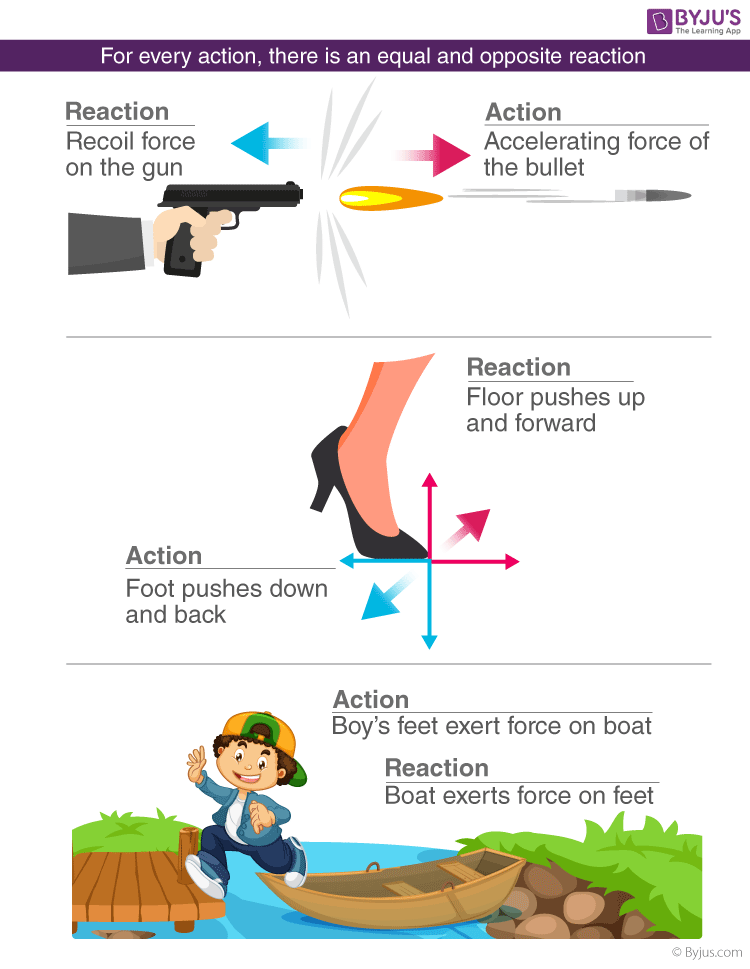
Other kinetic formulae that are important are (these I do not expect you to memorize):
Speed = distance / time

Velocity = speed in a direction
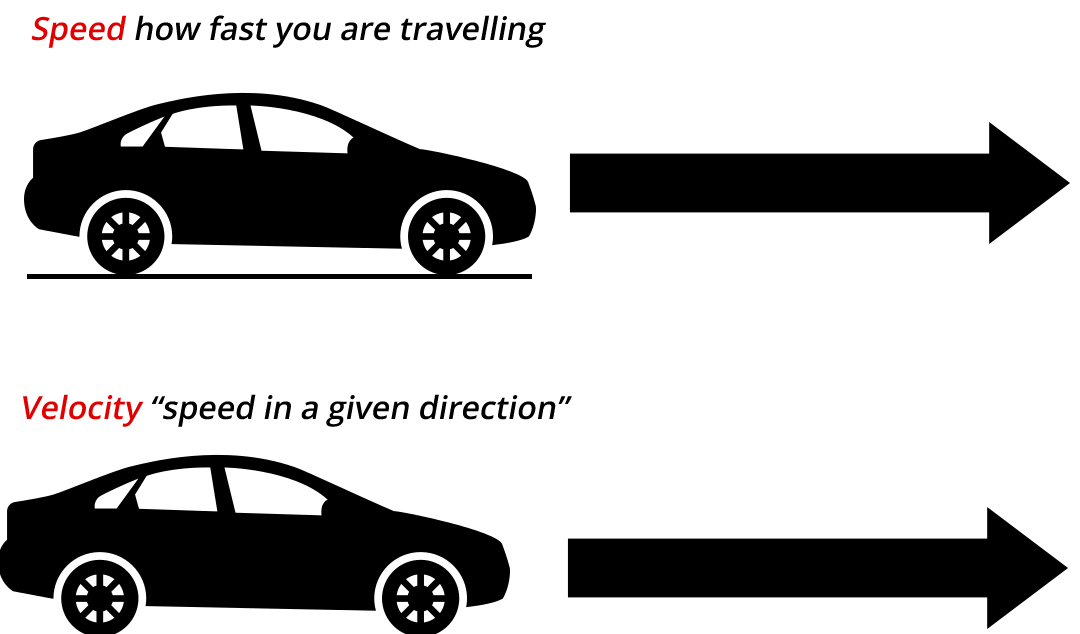
Acceleration = change in velocity

Momentum = mass X velocity

Work = force x distance
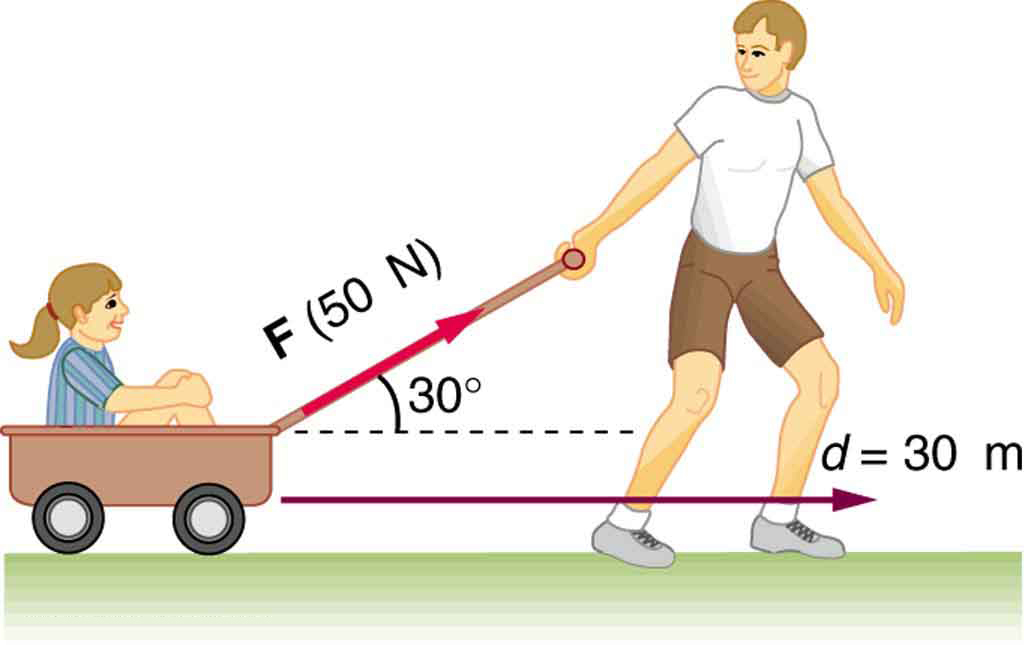
Simple machines alter the force you get out by altering the distance you put in.
Work in = work out
force X distance in = force X distance out
So, change the distance and you can change the amount of force needed. This is the key to lifting a car with your pinky!
Archimedes (the same guy we met earlier who shouted "Eureka") named six simple machines. There may be more (or less as there is overlap in his 6), but they are a great place to start.
The six simple machines are (these, too, go in your notebook):
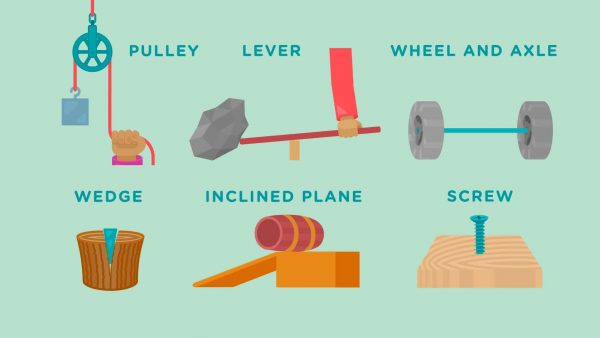
All of these work by making you apply the force over a greater distance so you can multiply your force.
Ramp or inclined plane:
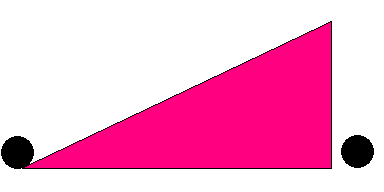
Wedge (really just two inclined planes together):
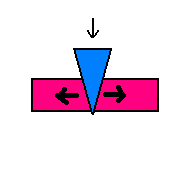
Screw (really just an inclined plane wrapped around a cylinder):
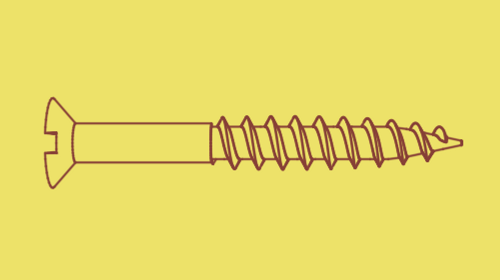
Lever:
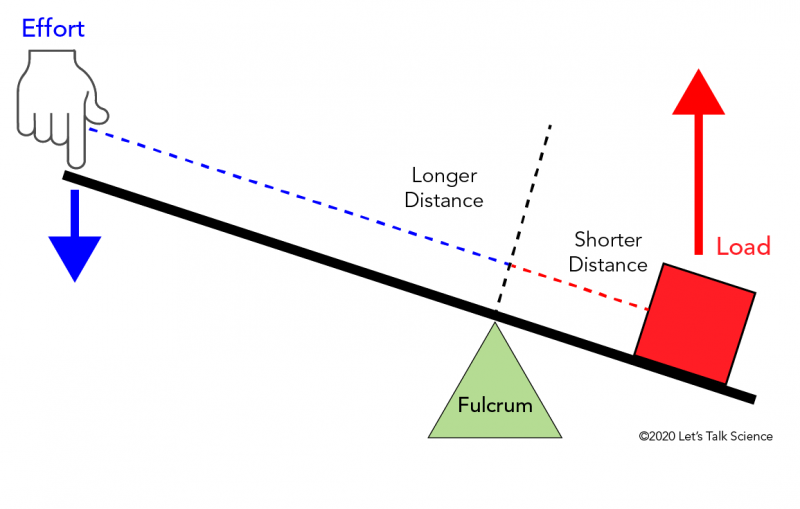
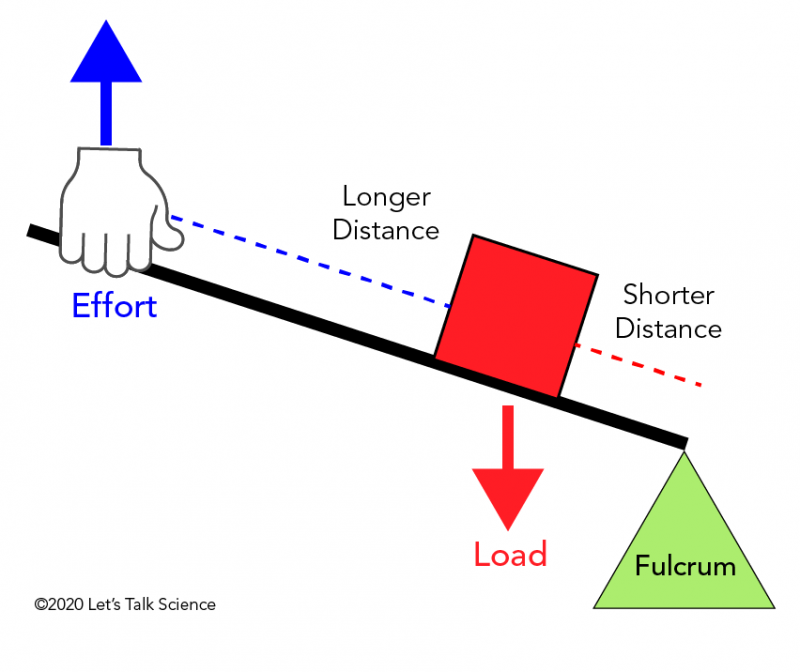
Pulley:
 Most people put the pulley on the wrong side. Attach the pulley to the weight.
Most people put the pulley on the wrong side. Attach the pulley to the weight.
Wheel and axle (sort of just a lever in a circle):
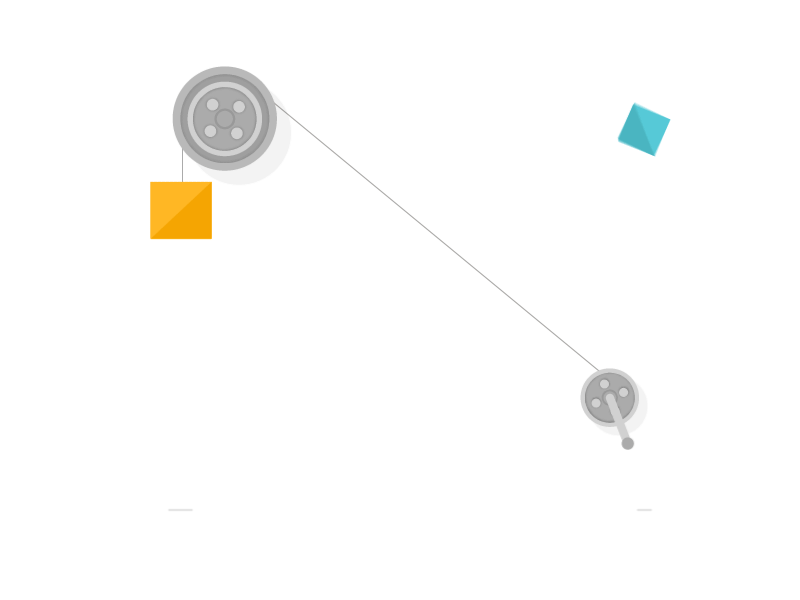
Gears would be an example of these.
Power is another useful term and should be in your notebook
Power =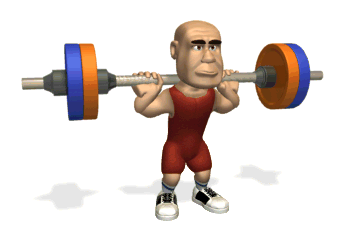 Power = work / time
Power = work / time
We will calculate our own power.
Check your notebook. Does it have a title something like "Kinetics" followed by everything I said above that you need to have. If so, you should be able to answer these questions from your notebook:
What is energy?
Describe each of Newton’s laws of motion.
Be able to apply the correct formula and substitute correctly.
Know the formulae for work and power.
List the simple machines and give a common example of each.
Calculate how much force you will get out of a machine if you know how much went in.
Explain how to use simple machines to magnify your strength and overcome a challenge.
If you have enjoyed the topics in this unit, feel free to investigate further. Here are some ideas. These are NOT required, but I hope you have fun and delve into some of them:
Continue building! Build a super egg drop design that is exceptionally creative or invincible. Build another ball launcher. Build a better jack for lifting my van. Build a simple machine to launch me! Build, build, build!
Sir Isaac Newton was a fascinating man who contributed greatly to science. Research his life. Why was he accused of practicing alchemy? Why did he hold onto his tome on optics for many years before publishing it? Find out.
Make an inventory of all the simple machines in you kitchen (warning, this one make be a bigger project than you think).
Who is the most forceful or powerful member of your family. Design an experiment (it doesn’t need to resemble the ones we did in class), collect you data, and share. Can you design a test that favors you (i.e. which are your most powerful muscles)?
Archimedes stated that he could lift the Earth with a long and strong enough lever. Calculate how long the lever would have to be (how far you would have to move your end) for you to move the Earth.
How does the potential / kinetic energy of a roller coaster work